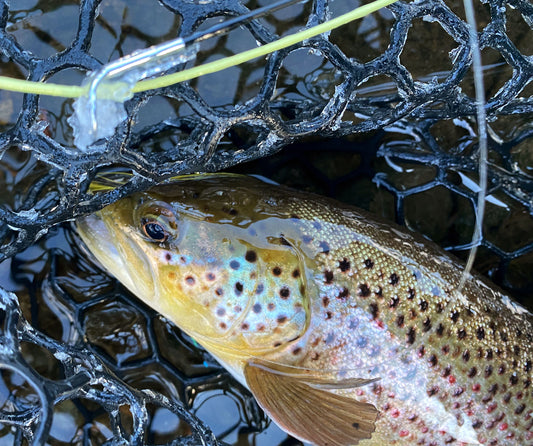All Points Fly Shop + Outfitter Blog

Fly Fishing in Maine: February and March
February and March are notoriously the hardest two months in Maine to catch a fish on a fly rod. Cold weather produces iced over stillwaters and rivers and streams that...
Fly Fishing in Maine: February and March
February and March are notoriously the hardest two months in Maine to catch a fish on a fly rod. Cold weather produces iced over stillwaters and rivers and streams that...

Fly Fishing in Maine: January
Words + Photos: Joe Webster January in Maine for most fly anglers is spent at the tying desk preparing for the next season's adventures. However for those that are brave...
Fly Fishing in Maine: January
Words + Photos: Joe Webster January in Maine for most fly anglers is spent at the tying desk preparing for the next season's adventures. However for those that are brave...

Winter Fly Fishing: How to Stay Warm
Though many people hang up their gear, especially here in Maine, the winter months can be a fantastic time to get out and wet a line. The peaceful solitude of...
Winter Fly Fishing: How to Stay Warm
Though many people hang up their gear, especially here in Maine, the winter months can be a fantastic time to get out and wet a line. The peaceful solitude of...

Do You Clean Your Fly Reels?
We've had multiple snow storms here in New England with plenty of white stuff around. Unless we have a warm January or February, we will most likely be blanketed at...
Do You Clean Your Fly Reels?
We've had multiple snow storms here in New England with plenty of white stuff around. Unless we have a warm January or February, we will most likely be blanketed at...